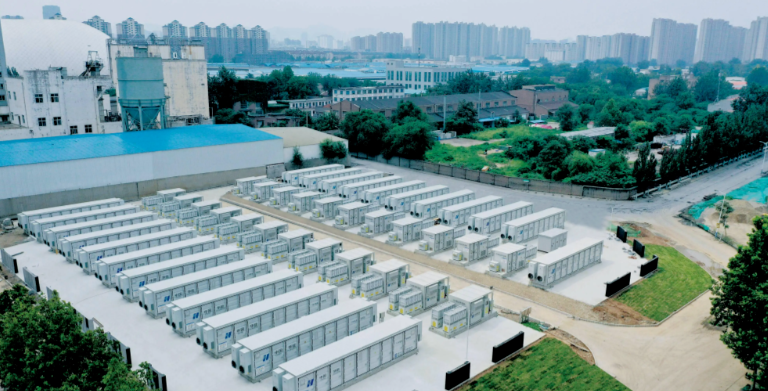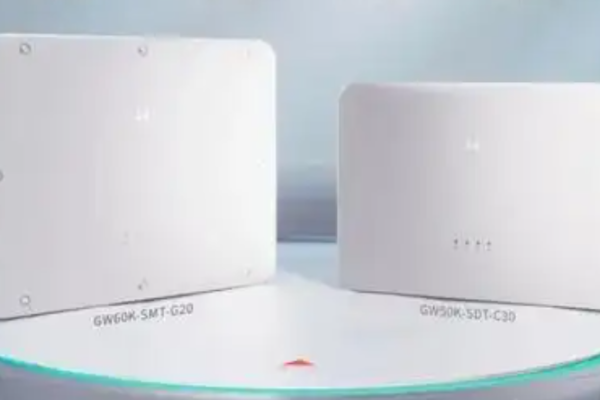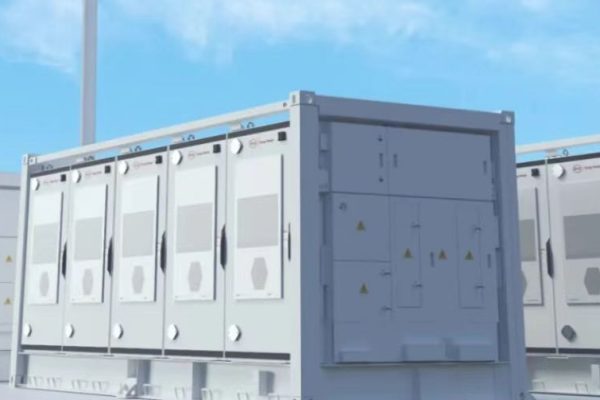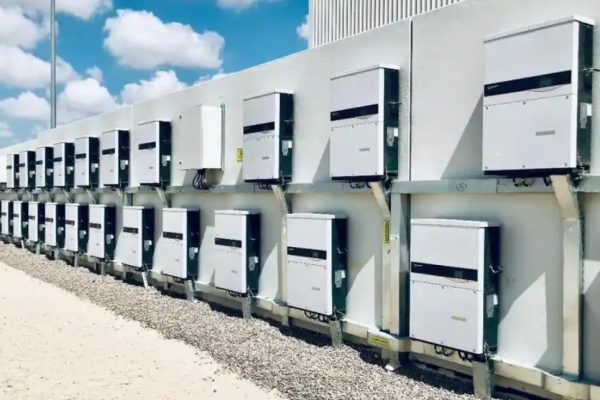Balancing Solar, Storage, and Household Demand for Maximum Value
1. Why Sizing Matters in Mixed-Load Homes
For many homeowners, adding solar (PV) and energy storage (ESS) isn’t just about reducing utility bills — it’s about ensuring comfort, reliability, and energy independence.
But here’s the challenge: homes have mixed loads. Air conditioners, refrigerators, lights, washing machines, and sometimes even EV chargers all run at different times with different power requirements.
If your system is undersized, you’ll experience outages or rely too much on the grid. Oversized systems, on the other hand, can be costly and underutilized.
That’s why proper sizing is one of the most critical steps in PV+ESS design.
2. Step 1: Understand Your Load Profile
Start by answering: What does my household really consume?
- Daily energy use (kWh): Total energy consumed over 24 hours.
- Peak load (kW): Maximum power demand at any one time.
- Critical loads vs. non-critical loads:
- Critical: fridge, lights, internet, medical equipment.
- Non-critical: pool pumps, laundry machines, EV charging (can be deferred).
👉 A load audit (using smart meters or utility data) is essential before making any sizing decision.
3. Step 2: Sizing the PV System
Your PV system should generate enough to cover:
- Daily household consumption
- Battery charging needs
- Export potential (if feed-in tariff applies)
Rule of thumb:
- 1 kW of solar generates 3–5 kWh per day (depending on location).
- Example: A 30 kWh/day home in California may need a 7–9 kW PV system.
4. Step 3: Sizing the Battery (ESS)
The battery should be matched to your consumption habits and goals:
- Backup only: 4–6 kWh can cover lights, Wi-Fi, and refrigeration for several hours.
- Self-consumption optimization: 8–12 kWh typically offsets evening usage in an average home.
- Whole-home backup or off-grid: 15–30+ kWh depending on critical vs. non-critical load coverage.
Example Calculation:
- Critical loads: 2.5 kW continuous, 15 kWh per day.
- Recommended battery: ~20 kWh usable capacity to ensure 1+ day of autonomy.
5. Step 4: Inverter Selection for Mixed Loads
The inverter must handle peak loads and surges:
- Air conditioners and pumps often have high startup surges (2–3× running wattage).
- For mixed-load homes, choose an inverter with:
- Sufficient surge capacity
- Scalability (parallel connection for future expansion)
- Hybrid functionality (works with both PV and battery)
👉 Example: If your home has a 6 kW peak demand but appliances surge up to 9 kW, choose a 10 kW hybrid inverter.
6. Step 5: Factor in Seasonal Variability
- Summer: Higher PV output, but also higher air conditioning demand.
- Winter: Lower PV output, higher heating loads in some regions.
A balanced design anticipates these swings — sometimes requiring a slightly larger PV system or modular battery expansion option.
7. Best Practices Checklist
✅ Perform a load audit before sizing anything.
✅ Separate critical vs. non-critical loads in your design.
✅ Size PV based on daily kWh consumption + storage recharge needs.
✅ Match battery capacity to usage goals (backup vs. self-use).
✅ Choose an inverter that handles surge loads and future expansion.
✅ Consider seasonal variations and regional differences.
8. Practical Example
A family home in Southeast Asia:
- Daily load: 25 kWh (mix of appliances, A/C, fridge, lights).
- Peak demand: 5 kW, with surges up to 8 kW.
- Goal: Reduce grid reliance and provide 8 hours of backup.
System Design:
- 8 kW PV array (~32–40 kWh/day generation).
- 15 kWh LiFePO₄ battery (usable ~12 kWh).
- 10 kW hybrid inverter with surge handling.
This setup ensures evening self-consumption, next-day recharge, and reliable backup.
Sizing PV+ESS for mixed-load homes isn’t one-size-fits-all. The right system depends on your consumption habits, appliance mix, and long-term goals.
- For budget-conscious homeowners, start with a modest PV array + 5–8 kWh battery for critical loads.
- For energy independence seekers, design for whole-home backup with modular expansion.
- For integrators and SMEs, offering load-audit-based proposals builds credibility and ensures customer satisfaction.
In short: measure before you size, and size for the future, not just today.









